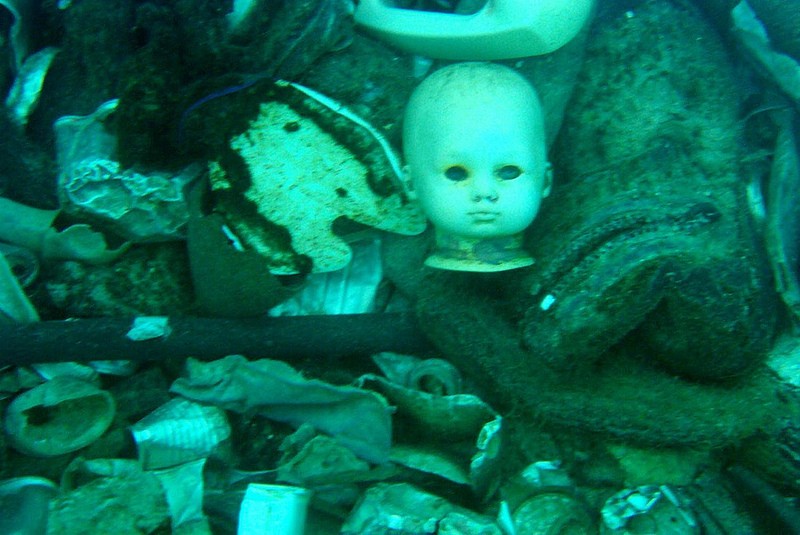Report Urges Nations to Classify some Plastics as Hazardous

Less than half of the 280 million metric tons of plastic produced each year ends up in the landfill. A fair bit of the rest ends up littering the landscape, blown by the wind or washed down streams and rivers into the sea.
So far Americans spend $520 million a year to clean up plastic litter washing up on beaches and shorelines. Efforts to clean up the oceans' enormous swirling gyres of garbage has an incalculable cost. Thus, much of the focus has been on how to stop the river of trash from entering the ocean.
A team of 10 scientists has come up with an idea of how to make that happen: reclassify the most harmful plastic waste as hazardous material. That simple adjustment, the scientists write in the journal Nature, could trigger sweeping changes in how environmental agencies clean up plastic waste, spur innovation in polymer research and replace problematic plastics with safer ones.
The United States, Europe, Japan and other nations classify plastic as solid waste, treating their disposal much like food scraps or grass clippings, said Mark Anthony Browne, a co-author of the article. It's an outdated view that plastics are inert, he said, ignoring scientific evidence in recent years — including the work of co-author and doctoral student Chelsea M. Rochman — that plastic debris is laden with highly toxic pollutants.
As plastic breaks down into microscopic fibers and specks, it can be inhaled or ingested by humans and wildlife. One study found that such microscopic fibers were present in human lung cancers. Seabirds that have consumed plastic waste have 300 percent greater concentrations of polychlorinated biphenyls (PCBs) in their tissues than other birds.
Governments have struggled to reduce plastic marine debris, with 134 nations banning the dumping of plastics by international convention in 1988. Yet it seems to have made little difference.
So the authors modeled their proposal after what has been arguably the most successful international environmental agreement in history: The classification of refrigerants called chlorofluorocarbons, or CFCs, as hazardous under the Montreal Protocol in 1989. Production of CFCs, which were burning a hole in the atmosphere's protective ozone layer, stopped within seven years, and nearly 200 countries replaced 30 dangerous chemical groups with safer ones.
Rochman believes the same thing can happen if major plastic-producing nations were to take the first step of going after four types of plastics that are made of the most potentially toxic materials and are particularly difficult to recycle.
On the short list are: polyvinylchloride, or PVC, used in making plastic pipes; polystyrene, often known as Styrofoam and used in cups and clam-shell food containers; polyurethane, used in making furniture and car seats; and polycarbonate, a hard plastic used in making baby bottles, electronics and appliances.
“We feel,” the scientists write, “that the physical dangers of plastic debris are well enough established, and the suggestions of chemical dangers sufficiently worrying, that the biggest producers of plastic waste — the United States, Europe and China — must act now.”



